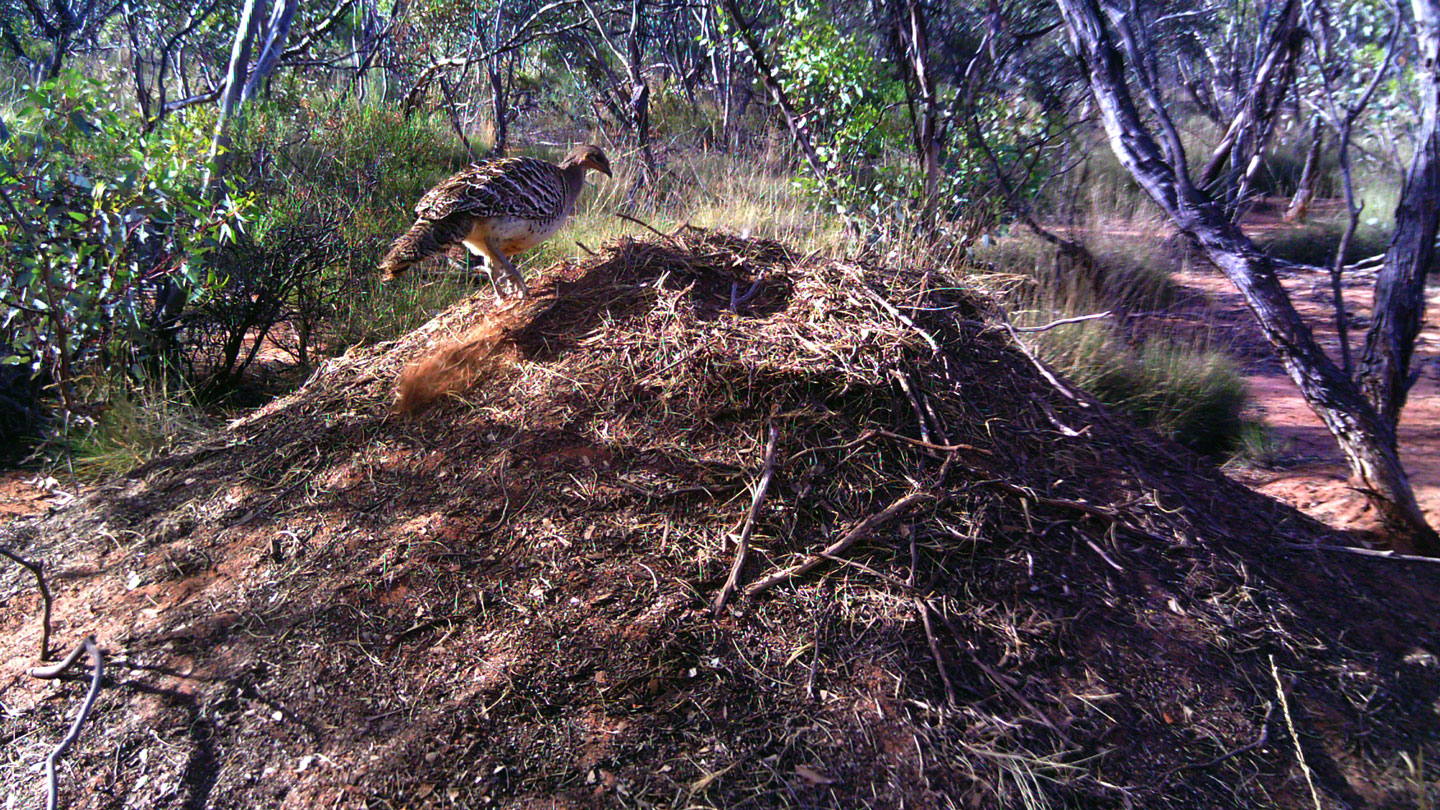How a mound-building bird shapes its Australian ecosystem
Earthen piles built by a chicken-like bird in Australia aren’t just egg incubat

Earthen piles built by a chicken-like bird in Australia aren’t just egg incubators — they may also be crucial for the distribution of key nutrients throughout the ecosystem.
In the dry woodlands of South Australia, sandy mounds rise between patches of many-stemmed “mallee” eucalyptus trees. These monuments — big enough to smother a parking space — are nests, painstakingly constructed by the malleefowl bird. By inadvertently engineering a patchwork of nutrients and churned soil, the industrious malleefowl may be molding surrounding plant and soil communities and even blunting the spread of fire, researchers report March 27 in the Journal of Ecology.
Such ecosystem impacts suggest malleefowl conservation could benefit many species, says Heather Neilly, an ecologist at the Australian Landscape Trust in Calperum Station. The species is currently listed as “vulnerable” and declining by the International Union for Conservation of Nature.
Some animals — termed “ecosystem engineers” — produce habitats for other species by shaping the environment around them. Beavers build dams that create homes for pond-dwelling lifeforms. In deserts, owls and giant lizards support plant and animal life with their burrows (SN: 10/8/19; SN: 1/19/21).
“In Australia in particular, the focus has largely been on our array of digging mammals,” Neilly says.
The malleefowls’ impact on nutrient distribution isn’t surprising “given the huge quantity of soil and litter that these birds displace when building their mounds,” says Michelle Louw, a plant ecologist at Germany’s University of Bayreuth who is based in Johannesburg and was not involved with the research.
But the magnitude of the malleefowls’ impact is surprising, as is the fact that the effect is traceable even in surrounding open and wooded microsites, says Orsolya Valkó, a plant ecologist at the Center for Ecological Research in Budapest also not involved with this research.
“This way the birds create three new microsite types in an already mosaic system, which is fascinating,” she says.
Malleefowl aren’t just shuffling soil nutrients and vegetation patterns. Neilly and her team note that the tops of the mounds and surrounding bare patches have very little fuel for fires to burn, so malleefowl may also help regulate the spread of fire in mallee woodlands.
Previous research by Neilly’s team also found that the mounds are widely used by Australian fauna. Vertebrate animals visited mounds 50 percent more frequently than nonmound sites, with five times as many vertebrate species hanging around the mounds.
Tags:building,How,Australian,




